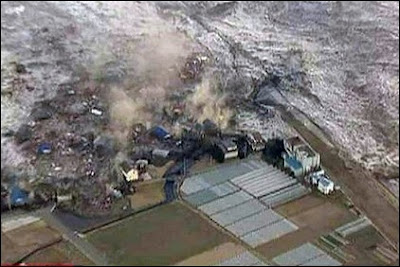The World Sparrow Day (WSD) is being celebrated on 20th March across the globe to raise public awareness about the decline of the house sparrow and throw light on the problems faced by the species in its daily fight for survival.
The World Sparrow Day also celebrates the common biodiversity around us.
The first World Sparrow Day was celebrated on March 20, 2010 across the globe to celebrate the beauty of the house sparrow. National and international organisations, NGOs, clubs and societies, universities, schools and individuals across the world celebrated the event by organizing awareness programs.
Source : http://www.worldsparrowday.org/
The House Sparrow (Passer domesticus) is a species of passerine bird of the sparrow family Passeridae. It occurs naturally in most of Europe, the Mediterranean region, and much of Asia. It has also been intentionally or accidentally introduced to many parts of the world, making it the most widely distributed wild bird. It is strongly associated with human habitations, but it is not the only sparrow species found near houses. It is a small bird, with feathers mostly different shades of brown and grey.
I took this Sparrow Pics when i toured Kaiwara, near Kolar
Various causes for the dramatic decreases in population have been proposed, including predation, electromagnetic radiation from mobile phones, and diseases. A shortage of nesting sites is probably a factor, and conservation organisations have encouraged the use of special nest boxes for sparrows. The main cause of the decline seems to be nestling starvation due to an insufficient supply of insect food. The decline in the insect population is caused by an increase of monoculture crops, the heavy use of pesticides, the replacement of native plants in cities with introduced plants and parking areas, and possibly the introduction of unleaded petroleum, which produces toxic compounds such as methyl nitrite. Protecting insect habitats on farms, and planting native plants in cities benefit the House Sparrow, as does establishing urban green spaces
Kingdom: Animalia
Phylum: Chordata Class: Aves
Order: Passeriformes
Family: Passeridae
Genus: Passer
Species: P. domesticus














